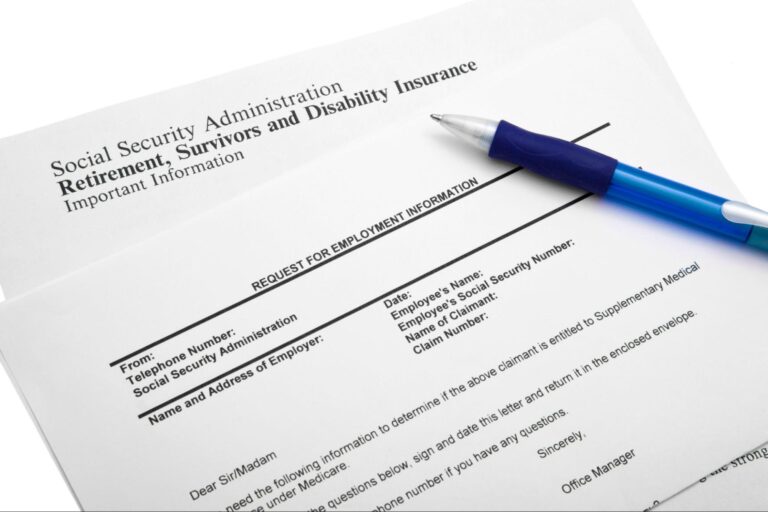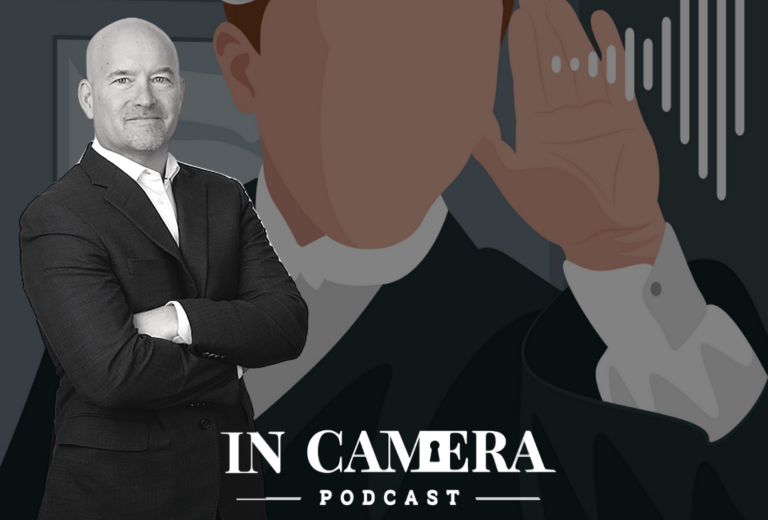Is Wrongful Death a Personal Injury?

Personal injury cases are lawsuits involving injured parties who seek damages from the party responsible for their injuries. In wrongful death cases, another individual seeks damages from the party responsible for the person’s death.
Since the plaintiff’s identity changes and the outcome for the injured party differs, you may wonder if wrongful death is a personal injury case. Both personal injury and wrongful death cases begin with a party harming another, and both personal injury and wrongful death cases rely on establishing that party’s deliberate or negligent actions caused the injuries or death. Personal injury lawyers handle wrongful death claims because wrongful death is a personal injury claim involving injuries that result in a person’s death.
When does a wrongful death claim apply?
Wrongful death claims apply when a person dies from injuries caused by another party. Suppose Person A was driving home from work when they were in a car accident. Another driver struck their vehicle after running a red light. Person A died from their injuries.
The decedent’s family can hire a wrongful death lawyer to seek compensation for their family member’s death. Family members can also seek compensation from entities, such as businesses, if the entity was responsible for their family member’s death. Suppose the driver ran the red light because their vehicle’s brakes failed. An investigation reveals the vehicle manufacturer used faulty parts and did not issue a recall. However, they were aware the brakes could fail. The decedent’s family would have grounds to sue the vehicle manufacturer.
To get the peace of mind from knowing an expert legal team is ready to fight for your rights and get you the justice you deserve, schedule a free consultation.
Similarities between personal injury and wrongful death claims
There are some similarities between personal injury and wrongful death cases. The following applies to both case types:
- They are both tort law cases
- They involve seeking compensation
- They rely on proving the defendant committed wrongful, negligent, or default actions that caused another person harm
Similar incidents cause both case types, such as car accidents, falls, workplace injuries, and medical malpractice.
Differences between personal injury and wrongful death claims
Although personal injury and wrongful death suits have many similarities, there are some key distinctions, including the following:
- Differing compensation options: In both types of cases, plaintiffs seek damages, including compensation for things like lost wages and medical bills. However, there are some things only plaintiffs in wrongful death cases can seek, such as compensation for funeral expenses.
- Who files the case: A decedent cannot pursue a claim. While the injured parties pursue personal injury cases, the decedent’s surviving family members initiate wrongful death suits.
- Wrongful death may reset statute of limitations: The statute of limitations determines how long the wronged party has to file a lawsuit. The statute of limitations is like a timer. The timer for personal injury cases starts when the injuries occur. However, if a person dies after an accident, the timer resets and counts down from when the person dies.
How do you prove wrongful death?
Successful wrongful death lawsuits involve proving the defendant’s wrongful act, negligence, or default actions caused the decedent’s death. Wrongful acts include criminal acts, such as homicide. Default actions refer to failing to uphold an obligation to the decedent. Suppose a landlord knew about a safety hazard on their property but failed to inform the tenants or take steps to remove the hazard. They may be guilty of failing to uphold the terms of their contractual obligations to their tenants, which is considered a default.
Most wrongful death cases involve proving negligence. Proving negligence means establishing what most ordinary people would do in similar circumstances and demonstrating the defendant failed to conduct themselves in that manner.
Proving negligence also involves demonstrating the defendant’s duty of care toward the decedent. Examples of negligence include the following:
- Drunk driving accident: Drivers must follow traffic laws. When drivers break traffic laws and cause a person’s death, they’ve failed to uphold their duty of care to others, establishing their negligence. Drunk drivers break the law and operate vehicles while intoxicated, reducing their response times, impairing their judgment, and posing a safety risk to themselves and others.
- Medical malpractice: If a patient dies after a medical professional disregards a patient’s symptoms, fails to order appropriate tests, misdiagnoses the patient, or provides the wrong treatment, there are grounds to claim negligence.
- Slip and fall accidents: Almost 44,700 people in the U.S. died from falls in 2021. Although some slip and fall cases are accidents, there are situations when a party’s negligence causes the accident. Suppose your municipality requires residents to shovel snow and treat sidewalks before their homes after a winter weather event. Your neighbor doesn’t treat the sidewalk after freezing rain. The next day, one of your family members slips on the untreated sidewalk, hits their head, and dies. It can be argued the neighbor’s negligence caused the injuries that resulted in your family member’s death.
Plaintiffs must also establish that the decedent would have lived if it wasn’t for the defendant’s actions or inactions, making the defendant responsible for the person’s death.
What is the statute of limitations for a wrongful death lawsuit?
Each state established a statute of limitations for filing lawsuits. In Colorado, injured parties have two years to file a lawsuit in most situations. However, the deadline extends to three years if the person filing was injured in a car accident.
The plaintiffs in wrongful death cases usually have 24 months to file a suit. However, the decedent’s family members have 48 months to file a lawsuit if vehicular homicide caused their loved one’s death.
Who can file a wrongful death case?
Each state decides who can file a wrongful death suit. The state of Colorado allows the decedent’s surviving spouse to file a lawsuit immediately. The decedent’s children may file a lawsuit. However, the children must wait for 12 months from the date of death before they initiate their case unless they have consent from the decedent’s spouse to file suit sooner.
When the decedent has no surviving spouse, their children can file suit immediately.
The decedent’s parents can file if the decedent has no surviving spouse or children.
Our wrongful death lawyers are here for you

Contact our wrongful death attorneys for assistance today to discuss your situation and discover your options.
The legal team at Bachus & Schanker will help you fight for justice after losing a loved one. Read Unthinkable by Kyle Bachus to learn about his experience fighting for justice after his mother’s death. His personal experience informs our approach to wrongful death cases. We have a Victim’s Advocates group that provides personal and legal support for those dealing with personal injury and wrongful death claims. Our advocates and our attorneys will guide you through the legal process.
Contact our wrongful death lawyers today to discuss your situation and discover how we’ll approach your case. Our team will handle the legalities, allowing you to grieve and focus on personal matters while we seek compensation from the at-fault party.
Sources:
Law.Cornell.Edu. (2023).
Hayes, A. (2022). Tort Law: What It Is and How It Works, With Examples.
Negligence. (2023).
Number of deaths due to falls in the United States from 1915 to 2021. (2023).
Wrongful Death. (2023).





